In a word, Wow!
Wood ducks are simply stunning. With vivid colors, textured angles, and bobbing rhythms, they are a joy to watch swimming, foraging, flying, and nesting.
You can see wood ducks statewide in wooded waters with vegetation nearby for hiding and feeding. They are popular with hunters and wildlife watchers. Unlike most ducks, they nest in and perch on trees. Special claws allow them to grab on to branches.
They can fly through woods with ease, going short distances of up to 30 miles per hour. Broad tails and short, broad wings help them maneuver through the forest. Males have a red eye, glossy green head, and a chestnut body with white flanks. Females shine with iridescent wing patches and a white tea-drop shaped ring around the eyes.
Wow Wood Ducks! from Discover Nature Notes on Vimeo.
Raising Young
The courtship of wood ducks can last for several months. In Missouri, they are usually paired up by January and begin nesting selection around March. Wood ducks are the most common waterfowl nesters in the state. They will nest in existing tree hollows or nest boxes. Females will add some of their down to whatever material is already in the nest. They will lay one egg per day up to 10 or 15. Incubation lasts from just under to just over a month. Ducklings hatch somewhere around Memorial Day. When the young hatch, covered in downy fur, the mother will stay with them until they are fully dry, usually around 24 hours. Then she will fly down and call to her ducklings. They will jump down with wings extended to the ground or water below. They are able to jump from as high as 50 feet without injury.
The first few days and weeks are challenging for young ducklings and mortality is high. They are fully feathered in 6 weeks and able to fly around 8 or 10 weeks.
As the family separates, wood ducks adults begin molting and cannot fly for about three weeks until their feathers grow back. They will hide from predators in shrubby areas on the water during this time.
- Wood ducks feed on a variety of plants and animals and require shallow waters. They will dabble along the surface or make short dives.
- Spring and early summer is a good time to enjoy watching wood ducks and their young broods bobbing along wooded waters.
- Wood duck populations have rebounded over the past 50 years. Nesting trees are crucial. Landowners help wood ducks by putting up nest boxes near water. Discover where and when to place nest boxes as well as downloadable plans.
Discover more about wood ducks in our field guide.
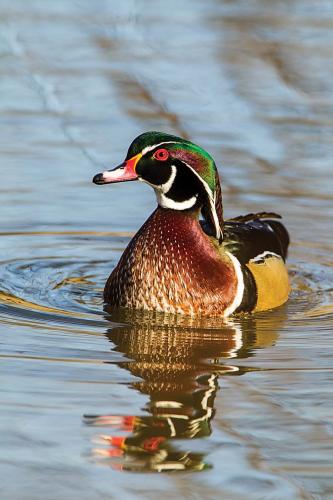
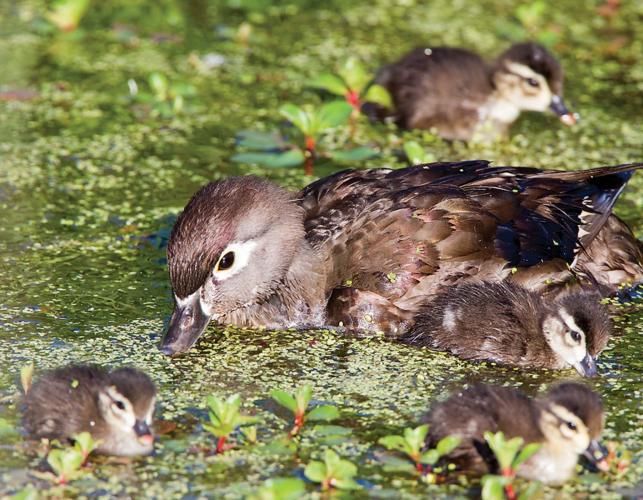
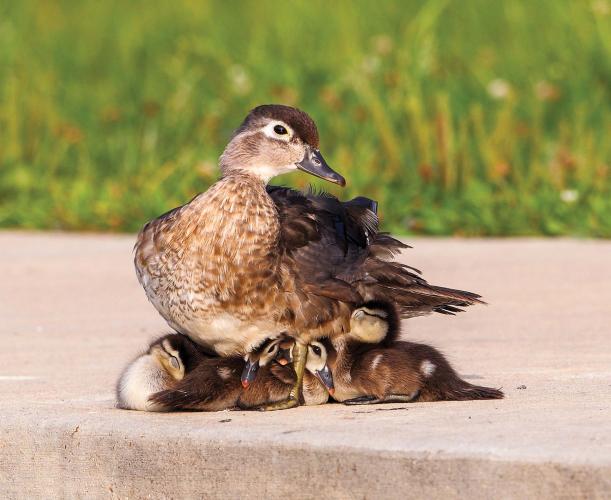
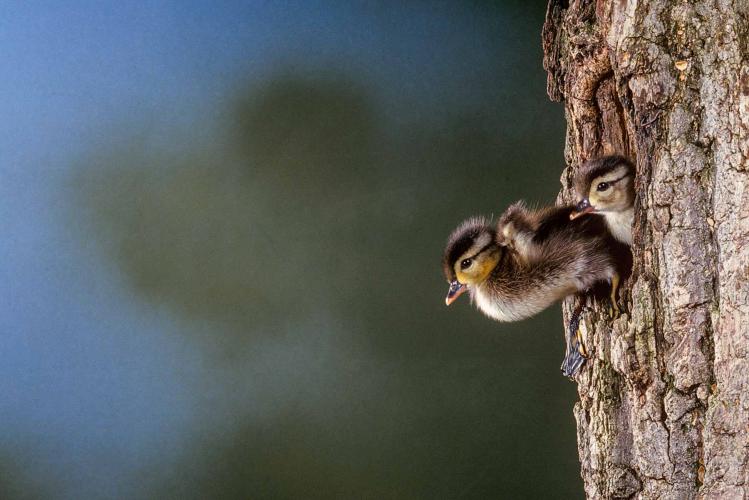
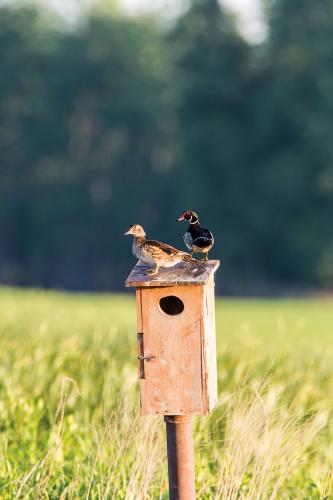
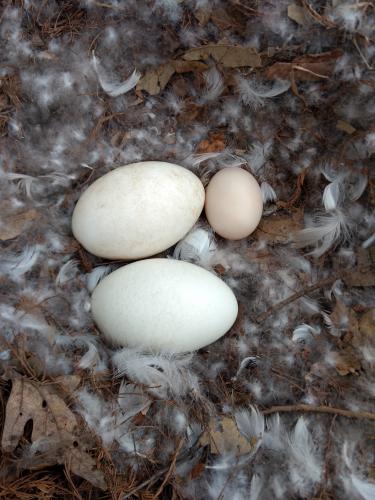
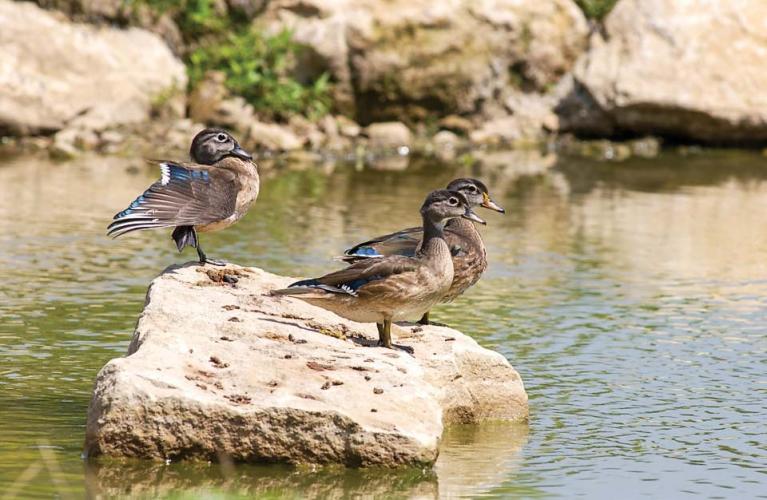
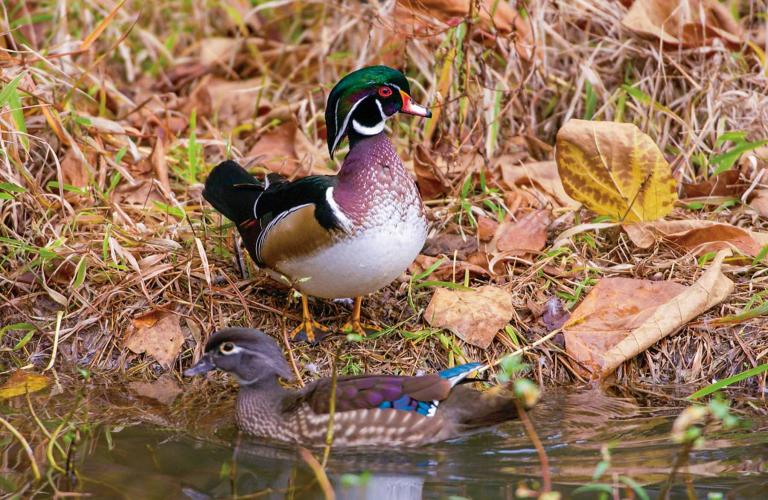
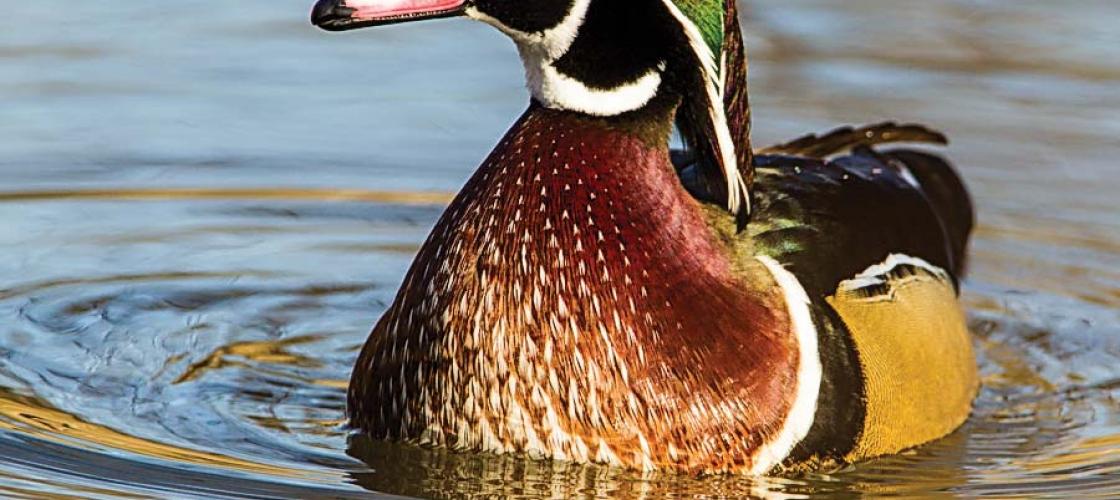
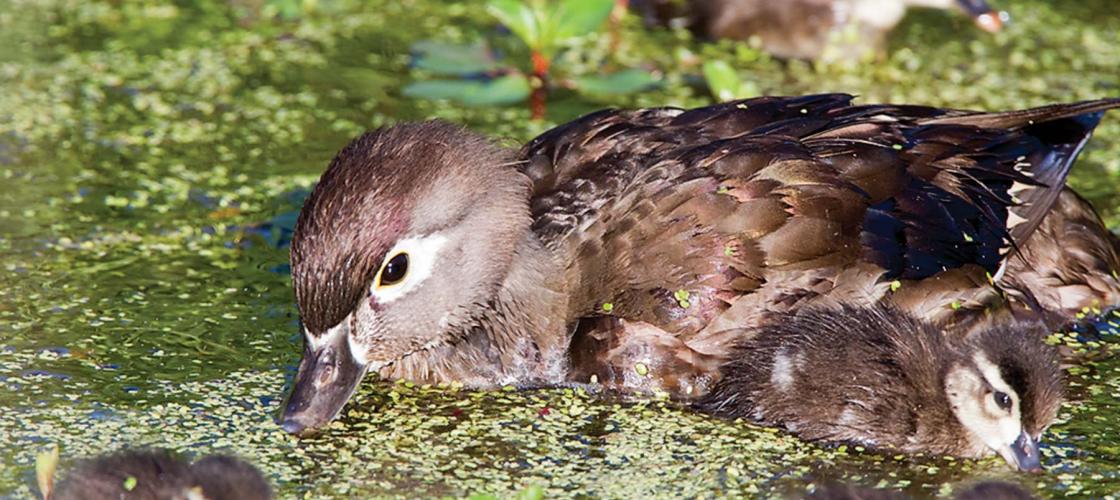
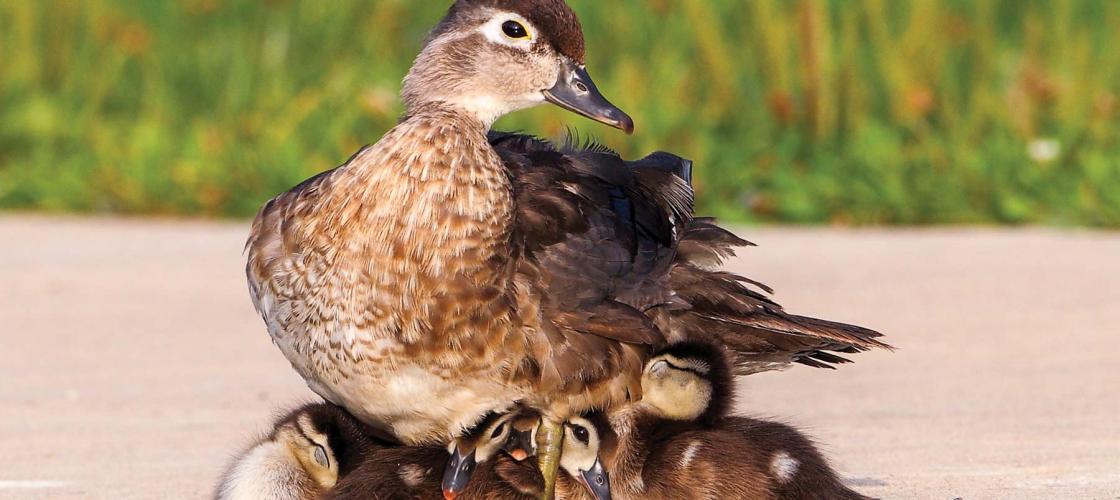
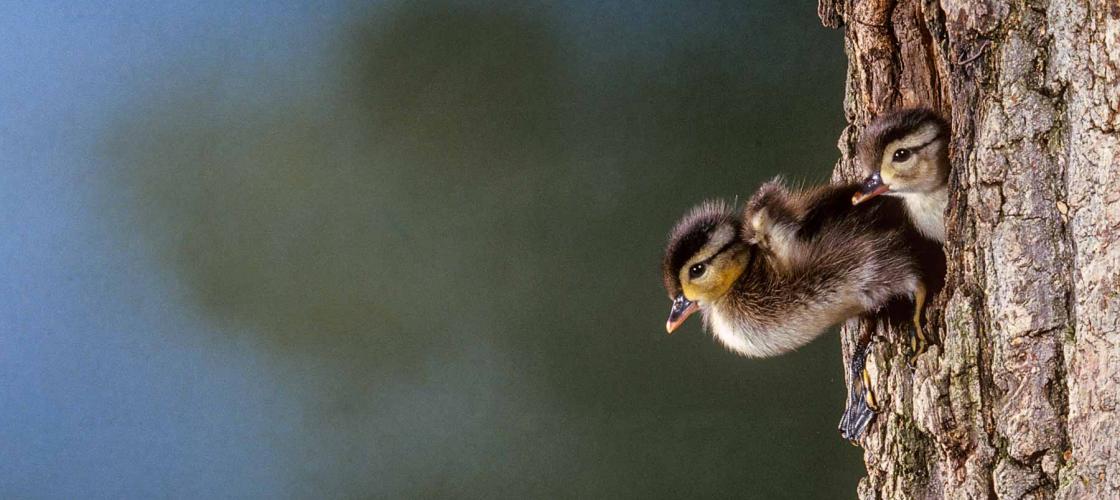
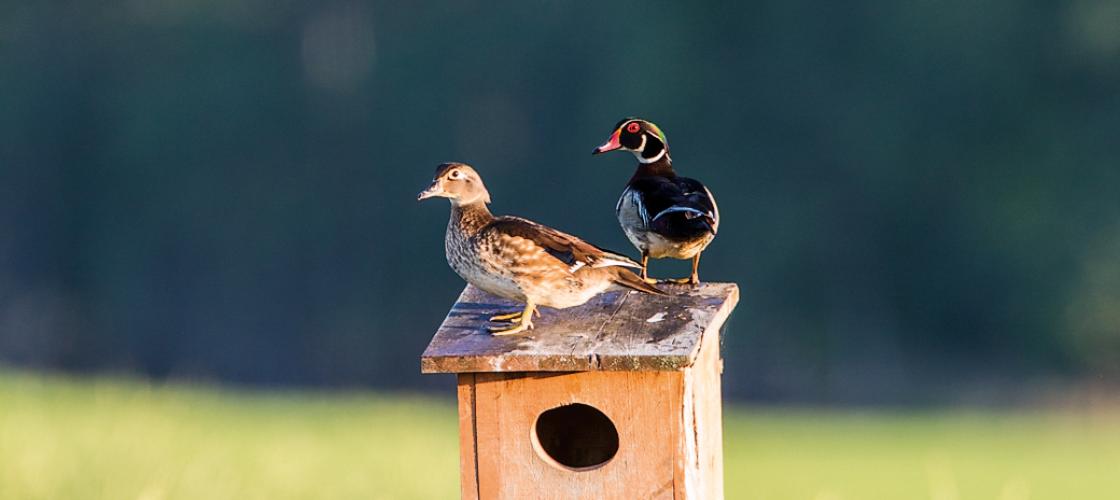
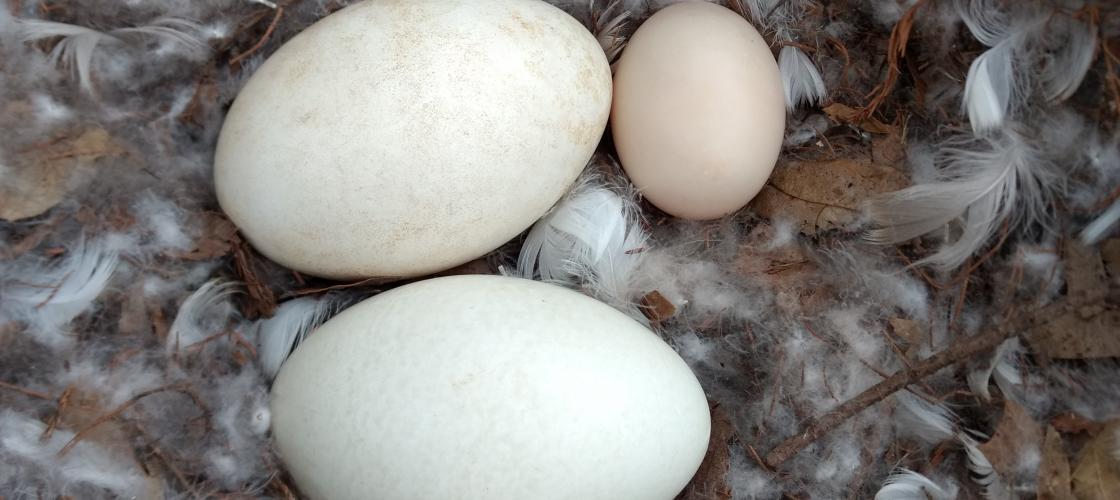
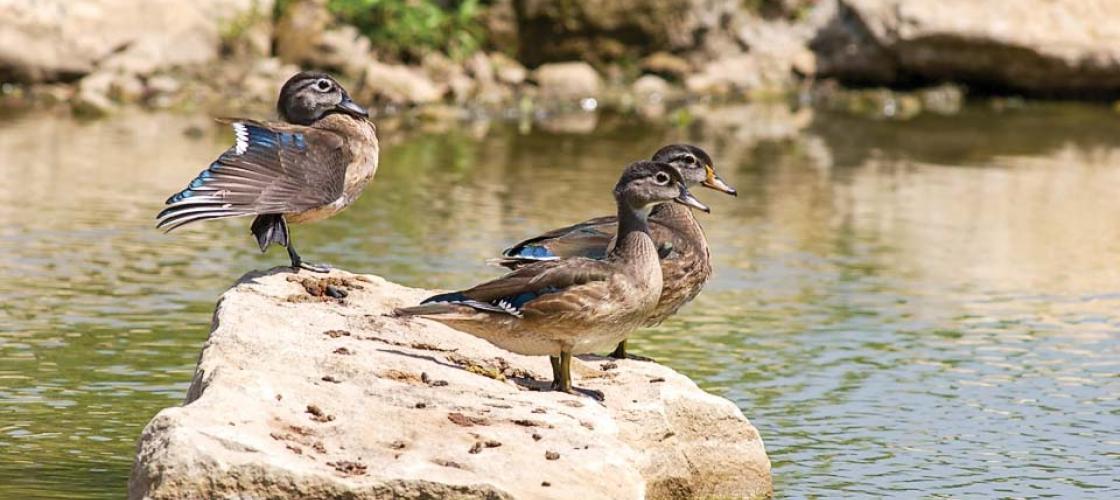
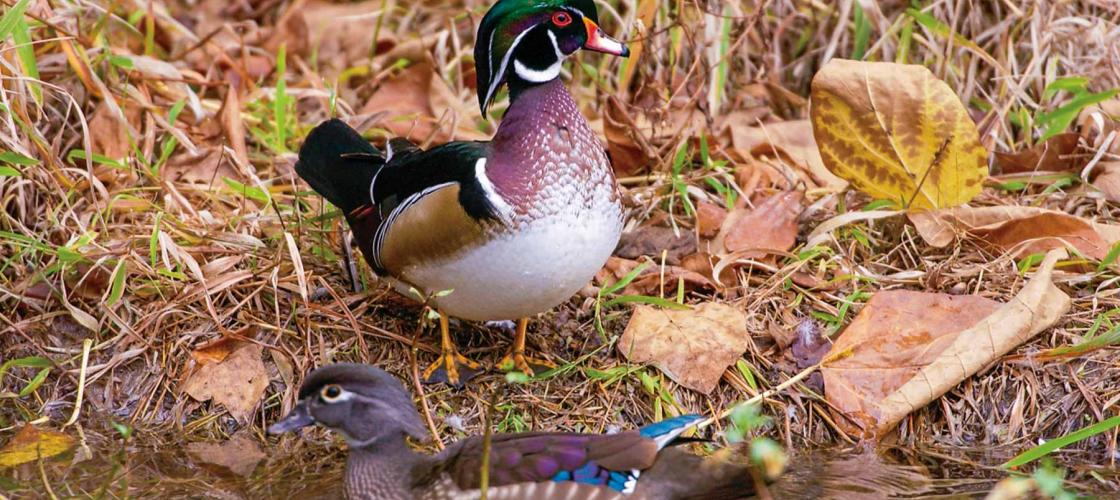
Recent Posts
























